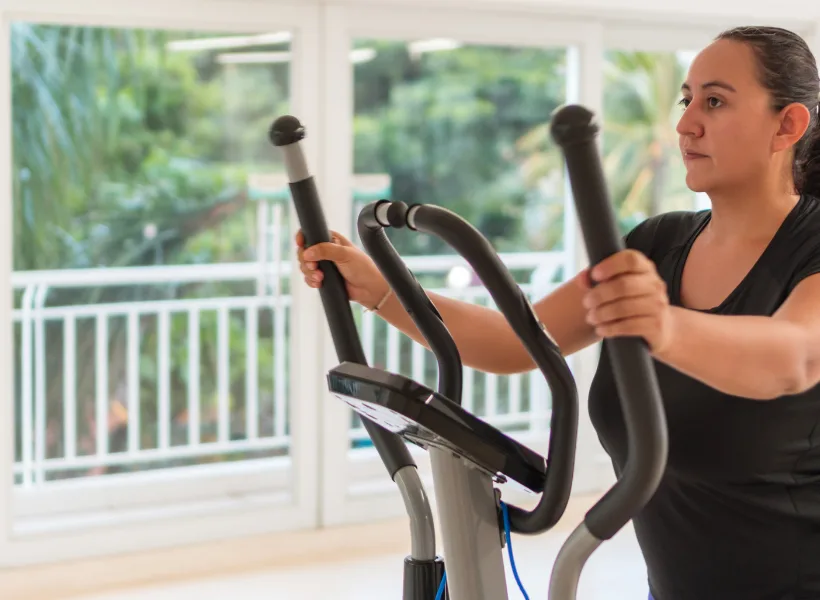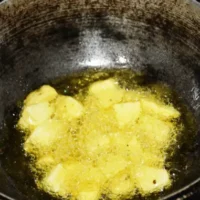Parchment paper, also called baking paper, has become a staple in kitchens around the world, thanks to its heat resistance and non-stick features. With the global market valued at over $960 million, it’s clear that parchment paper is popular for all kinds of cooking and baking tasks. But have you ever thought about whether it’s really safe to use?
In this article, we’ll dig into the potential risks of using parchment paper and suggest healthier, eco-friendly alternatives to consider for your kitchen.

What Is Parchment Paper Made Of?
Parchment paper goes through a process called “parchmentization,” which gives it that strong, heat-resistant quality we love. During this process, the paper becomes more durable and gets its ability to resist oil and high heat. But what many people might not know is that commercially made parchment paper is often treated with silicone to enhance these properties.
The silicone coating plays a big part in making the paper non-stick, but it’s worth digging a bit deeper into what this means for your health and how safe it really is when used in cooking and baking.
Why the Caution Around Parchment Paper?
While parchment paper seems like a convenient kitchen helper, there are some potential health concerns that you should be aware of. These issues mostly come down to how the paper is made and what it’s coated with.
The Bleaching Dilemma
One of the main issues with parchment paper lies in its production process, especially when it’s bleached. Bleached parchment paper can contain a chemical called dioxin, which is released when the paper is exposed to heat.
- Why Should You Care About Dioxin?
Dioxin has been linked to some pretty serious health risks, including reproductive and developmental issues. Once dioxin enters the body, it tends to stick around for a while—research suggests it can stay in our fatty tissues for anywhere between 7 to 11 years. That’s a long time for a harmful chemical to hang around!
The Issue with Silicone Coating
Another concern with parchment paper is the silicone coating that’s often used to give it those non-stick properties. Silicone itself is made from a mix of silicon, carbon, and oxygen, forming a rubber-like material. While it holds up better against heat than plastic, it’s not entirely without its risks.
- Is Silicone Safe for Cooking?
The problem arises when silicone comes into contact with your food, especially when heated with oils. Under high temperatures, silicone can potentially release chemicals into your food, raising questions about its safety. While the U.S. Food and Drug Administration (FDA) approved silicone for food-grade use back in 1979, there haven’t been many follow-up studies to check if silicone is completely safe over the long term.
The Concern About Siloxanes
One of the lesser-known risks of silicone comes from something called siloxanes. Studies have found that siloxanes can leach out of silicone, especially when it’s used in products like baby bottle nipples and bakeware. The real concern? Some siloxanes have been linked to being potential carcinogens and endocrine disruptors, meaning they can mess with your hormones.
In one study, silicone gel was even connected to cancer in rats, sparking more debate about the overall safety of silicone, no matter the form.
Is Parchment Paper Eco-Friendly?
Beyond health concerns, there’s also the environmental side of things to consider when using parchment paper. Disposable products like parchment paper contribute to waste, especially when used regularly in cooking and baking. While it’s convenient, parchment paper is often single-use and ends up in landfills, adding to our growing waste problem.
Parchment paper is technically biodegradable, but if it’s coated with silicone or treated with chemicals (like bleach), it takes much longer to break down. This means that, in many cases, that sheet of parchment you used for cookies could stick around in the environment for a while.
Rethinking Your Kitchen: Alternatives to Parchment Paper

Considering these health concerns, it’s essential to explore alternative options for cooking and baking that don’t come with the same risks. These safer materials offer both durability and peace of mind, ensuring that harmful chemicals won’t leach into your food during the cooking process:
- Stainless Steel: Known for its longevity and resilience, stainless steel bakeware is a top choice for a wide variety of baking tasks. It’s non-reactive, meaning it won’t interact with acidic foods, making it safe for everything from roasting vegetables to baking cakes.
- Ceramic: Ceramic dishes offer excellent heat retention, ensuring that your food is evenly cooked. Besides their functionality, they’re also visually appealing, allowing you to take your dish straight from the oven to the table for serving.
- Glass: Glass bakeware is not only versatile but also allows you to monitor your food as it cooks, which is great for precision. It’s also non-porous, so it won’t absorb flavors or odors, making it easy to clean and reuse without concerns about lingering tastes.
- Copper: Copper bakeware provides quick and even heating, which is ideal for recipes that require precise temperature control. Though it requires some upkeep to maintain its quality, copper is a beautiful and highly effective option for baking.
For grilling enthusiasts, cedar wraps are a flavorful alternative to parchment paper. They impart a natural smoky essence to your food while eliminating the risks associated with silicone or bleach coatings.
When it comes to food storage, glass containers are a smart and eco-friendly choice. They’re microwave safe, won’t absorb smells or stains, and eliminate the worry of chemicals seeping into your food like plastic containers often do.
A Safer Kitchen Starts with Smarter Choices
While parchment paper may be widely used and convenient for cooking and baking, it’s essential to be aware of the potential risks associated with its use. The bleaching process in its production and the silicone coating can potentially introduce toxic chemicals into our food.
By opting for alternatives like stainless steel or clear glass baking dishes and using glass containers for storage, we can ensure a safer and more reliable cooking experience. Informed choices about the materials we use in our kitchens allow us to prioritize our health and well-being without compromising on the quality of our culinary endeavors.
Remember, our kitchen practices significantly influence our health. So, let’s strive for a healthier, safer, and more sustainable kitchen.



